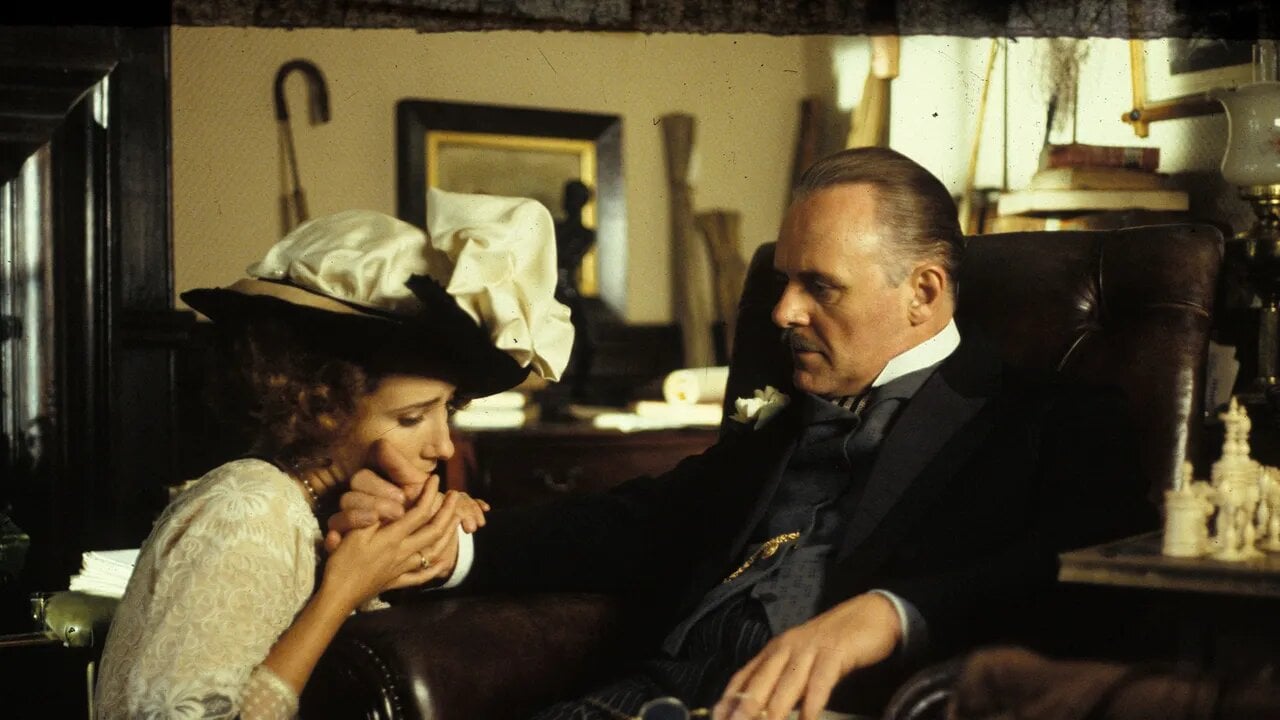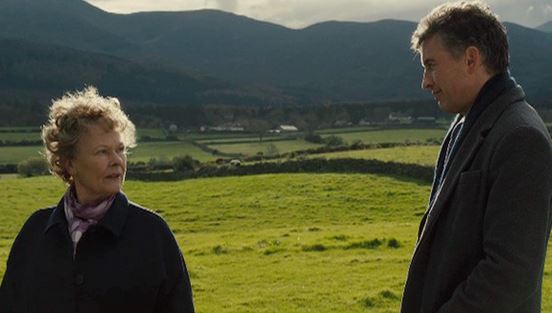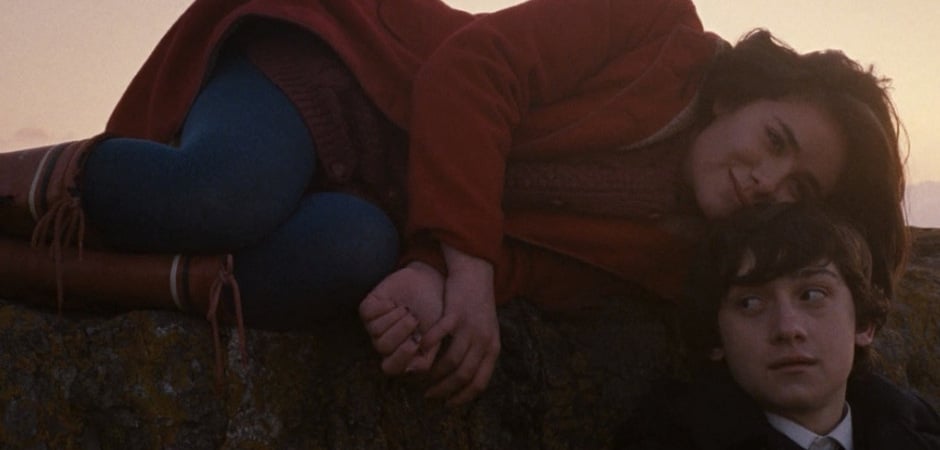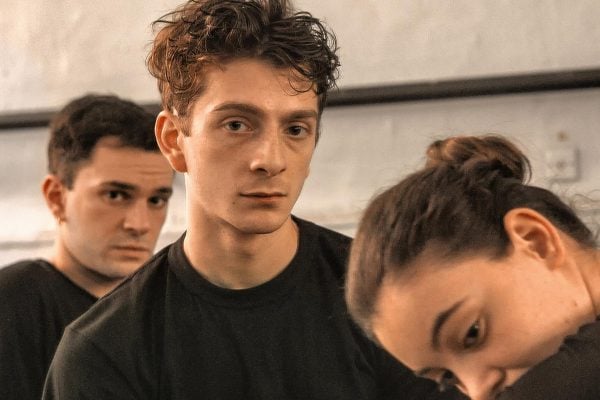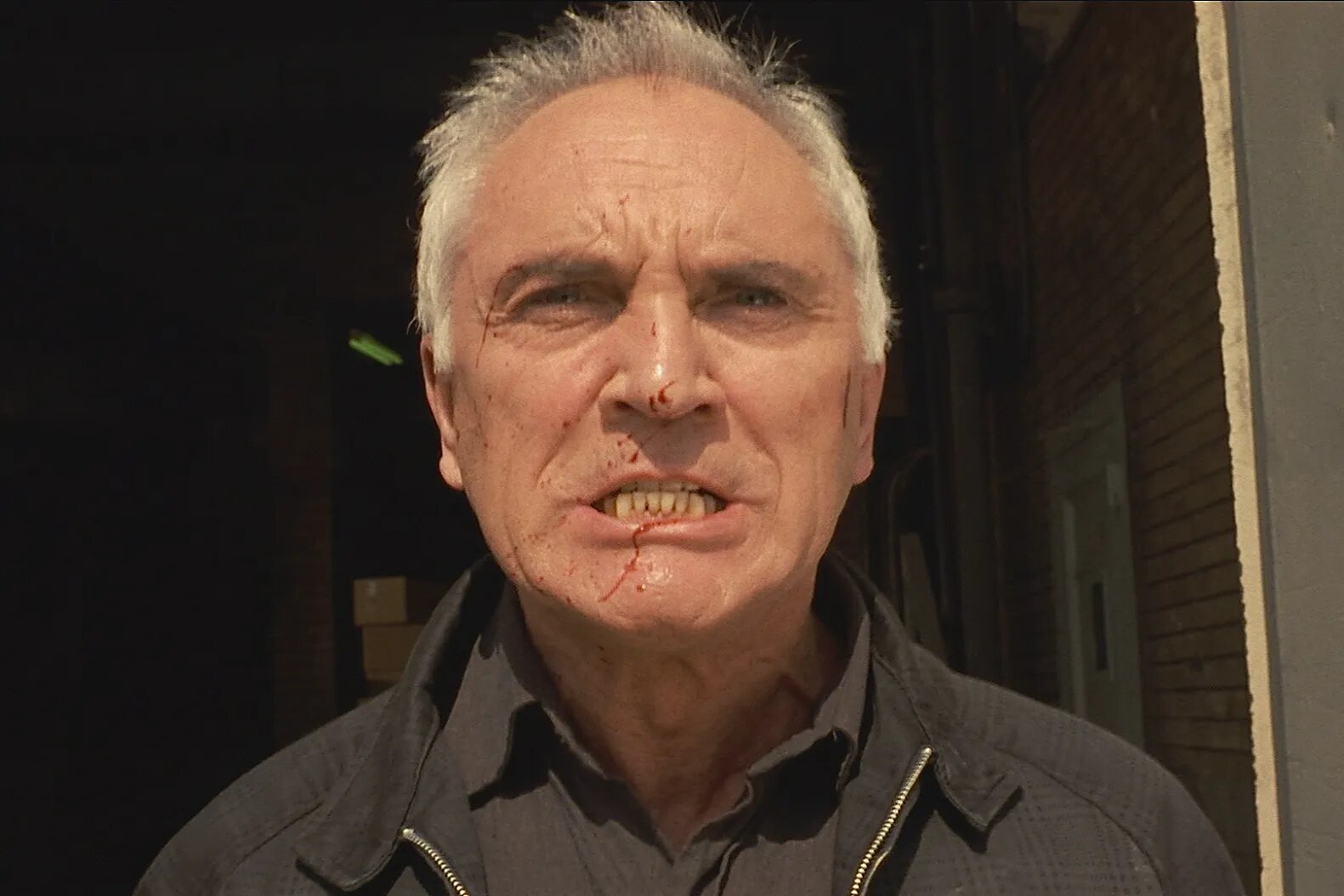
100 Best Movies on Tubi Canada Right Now
April 22, 2025
Share:
Below is the list of the best movies on Canadian Tubi. If you don’t know this platform, it’s a completely free streaming service. It’s like Netflix, except without having to pay or even register. P.S. We are not affiliated with Tubi. This is an independent list.
Read also:
31. Howards End (1992)
Genres
Director
Actors
Moods
With Howards End, the magic trio of producer Ismail Merchant, director James Ivory, and writer Ruth Prawer Jhabvala converted yet another turn-of-the-19th-century EM Forster novel into exquisite cinematic form. Ravishingly shot and performed to career-best heights by many of its cast, Howards End loses nothing of the elegance we expect from a period drama, and yet it also feels thoroughly modern. The film charts the tragic entwining of three families: the progressive and intellectual middle-class Schlegel sisters, the much more traditionally minded and wealthier Wilcox family, and the Basts, a down-on-their-luck working-class couple. It’s the liberally minded Schlegels who cross the class divide of 1910 London to bring these two distant social circles so close to each other, but it’s the old-world values of the Wilcoxes that make that meeting a tragic one. Simmering with rich emotion and crackling with class politics, Howards End is the crowning glory of the Merchant Ivory powerhouse and the rare perfect period drama.
32. Philomena (2013)
Genres
Director
Actors
Moods
An inspired by true events tale about an elderly Irish woman trying to find the child she was forced to give up many years earlier. Steve Coogan co-wrote the script and, though the base story is a tragic one, his special brand of very subtle, wry wit is apparent in the dialogue throughout. Judi Dench plays the mother who had kept her “sinful” past a secret for fifty years and, being Judi Dench, I don’t need to bother going on about her exemplary talent, suffice to say she’s charming beyond measure in the role. Steven Frears directs, as usual, deftly, and keeps the story compelling scene after scene, intensifying the emotions inherent to each, whether they be heart-warming, comedic, or outright enraging. Whoever decided to let Steve Coogan have his way with the script, it was a brave and wise choice and together this cast and crew have produced a wonderful and important piece of cinema.
33. First Reformed (2018)
Genres
Director
Actors
Moods
When asked about starring in First Reformed, Ethan Hawke said it’s the kind of role he would have never dared to audition for 10 years ago. This is coming from the same goatee icon who did Gattaca 22 years ago, and Training Day 18 years ago.
Needless to say that his performance in this movie is exceptional, and we hope that it will be rewarded with an Oscar. The film centers around his character, a reverend of a church in New York, who is trying to help a couple with marital issues (deciding the fate of a pregnancy). Instead, he uncovers a deeper story and becomes unexpectedly involved.
Religion intersects with ethical questions on activism, abortion, and environmental issues. I know that sounds like a lot, but First Reformed delivers on everything. The writing by Paul Schrader is delicate yet ensures that the movie keeps a gripping pace.
34. Angry Inuk (2016)
Genres
Director
Actors
Moods
Like all great documentaries, Angry Inuk is about way more than its tagline. At first glance, it’s about how anti-sealing activism has been harming Inuit communities since the 1980s, to the point of instituting the highest rates of hunger and suicide anywhere in the “developed” world. But beyond, it’s about the complicity of the government of Canada. A crushed seal-based economy means that the Inuit have to agree to oil and uranium mining in the Arctic.
Angry Inuk is also about the corrupt behavior of animal rights organizations like Greenpeace: seals are actually not on the endangered animal list but NGOs focus on them because they make them money.
It’s an infuriating but incredibly important documentary. One that is not about how Canada has a bad history, but about how Canada is harming the Inuit right now.
35. Donnie Darko (2001)
Genres
Director
Actors
Moods
Donnie Darko is a cult film by director Richard Kelly, starring Jake Gyllenhaal. It’s about the troubled teenager Donnie who lives in a suburb and suddenly faces a person in a giant rabbit costume who tells him that the world is going to end in 28 days. If that didn’t make sense to you, don’t worry – it’s not about making sense. The film is a gorgeous exploration of a bizarre chain of events, a deep rabbit-hole of meaning and expression, fate and acceptance that practically begs for a second, third, or fourth watching.
36. De Palma (2015)
Genres
Director
Actors
Moods
This autobiographical documentary covering the span of Brian DePalma’s 50+ year filmmaking career is taken from the man himself. From budget-less independent films to multi-million dollar box-office projects, he offers a fascinating professional history. But don’t expect critical analysis of his frequently controversial choices (such as the infamous oversized drill used as a murder weapon in Body Double)—he will acknowledge the existence of these issues, if only to grin and shrug them off, at times literally. What you can expect is to feel you are taken by the hand through Hollywood filmmaking experiences over the course of decades: negotiations, rewrites, stolen scripts, scuffling actors; tours of technical points of interest from his movies with commentary on deftly chosen film clips. You don’t have to be a fan to get a wealth of entertainment here. Not to be missed.
37. Living (2022)
Genres
Director
Actors
Moods
Adapted from the Japanese film Ikiru, which in turn was adapted from the Russian story The Death of Ivan Ilyich, Living is a parable about, well, living. Specifically, it’s about the importance of wonder and the magic of the mundane. It’s also about legacy and the stories we leave in our wake, which live on long after we’re gone. This familiar premise could have very easily been turned into another trite and cheesy movie that warns you to make the most out of your life, but thanks to a lean script, assured camerawork, and powerfully restrained performances, Living is elevated into something more special than that. It’s a technically beautiful, well told, and profoundly moving film, with Bill Nighy giving a career-best turn as a repressed man aching for meaning in his twilight years.
38. Submarine (2011)
Genres
Director
Actors
Moods
Awkward. That is how Oliver Tate can be described, and generally the whole movie. But it is professionally and scrutinizingly awkward. Submarine is a realistic teen comedy, one that makes sense and in which not everyone looks gorgeous and pretends to have a tough time. It is hilarious and sad, dark and touching. It is awesome and it’s embarrassing, and it’s the kind of movie that gets nearly everything about being a teen right, no matter where you grew up.
39. And Then We Danced (2020)
Genres
Director
Actors
Moods
Georgian dance has cut-throat competition: the art form is dying even within Gerogia, and to make it, dancers compete to join the one duo that represents the country. The chance finally comes and the spot opens up, igniting the hopes of performers from around the country. Mervan is one of them, a young dancer from a poor background who takes food from his restaurant job to feed his family. His main competition is a newcomer, Irakli, who also comes from a difficult background and hopes to secure the spot to provide for his ill father.
When their lives hang on them competing against one another, Mervan and Irakli fall for each other.
And Then We Danced is full of incredible dance sequences that add to the beauty of the romance at its center; but it’s also a heartbreaking exploration of unfulfilled ambition.
40. The Limey (1999)
Genres
Director
Actors
Moods
The bare bones of The Limey’s story — vengeful Cockney ex-con Wilson (Terence Stamp) flies to LA to investigate the suspicious death of his daughter Jenny — are gripping enough, but what Steven Soderbergh does with them elevates this neo-noir thriller into something utterly singular and stacked with layers upon layers of meaning. An icon of London’s Swinging ‘60s scene, Stamp is pitted against laidback symbol of ‘60s American counterculture Peter Fonda (as Jenny’s sleazy older boyfriend), giving their face-off grander cultural stakes. The extra-textual significance of the casting is deepened by Soderbergh’s ingenious references to the actors’ heyday: in flashbacks to Wilson’s happier past, for example, we’re shown the actual Stamp in his younger years (courtesy of scenes borrowed from 1967’s Poor Cow).
The Limey is also a brilliant showcase for editor Sarah Flack’s technical inventiveness: though the narrative is largely linear, the film cuts to and from scenes and sounds at unexpected points, giving the film an almost David Lynch-like sense of eerie fragmentation. Conjuring up a nightmare LA atmosphere isn’t all the editing does, either, as the film’s puzzle pieces are expertly reassembled to reveal an emotional gut-punch of an ending. In short, this high point in Soderbergh’s filmography is a must-see for any fan of cinema.
Comments
Add a comment
Ready to cut the cord?
Here are the 12 cheapest Live TV streaming services for cord-cutting.
More lists
Lists on how to save money by cutting the cord.
Curated by humans, not algorithms.
© 2025 A Good Movie to Watch. Altona Studio, LLC, all rights reserved.
